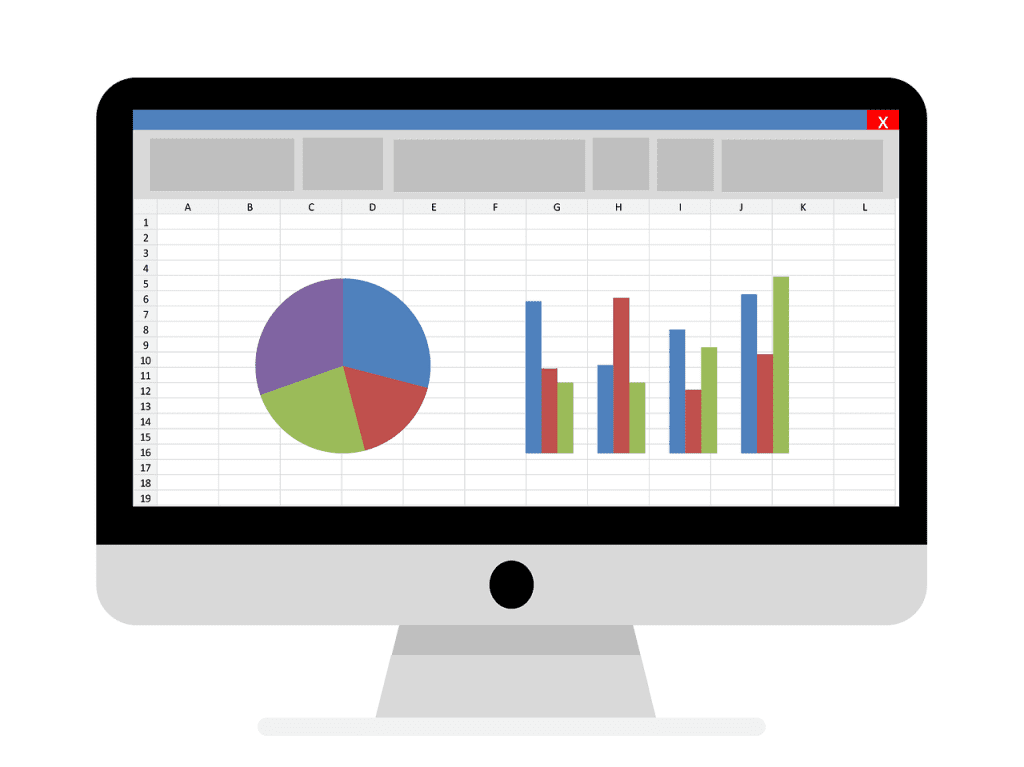Roller-coaster Ride with Rows and Columns
If you’ve ever found yourself staring down an Excel spreadsheet, meticulously scouring for and eliminating redundant empty lines, you’re not alone. This often tiresome process can add unnecessary complexity and extend the duration of FP&A tasks. It’s comparable to navigating an intricate maze with no discernable exit.
The Invisible Barrier to Streamlined Forecasting
The struggle commenced one Wednesday afternoon during a typical forecasting cycle. Like a skilled detective, I was knee-deep in data, attempting to make sense of the numbers dancing across the screen. The intention was to consolidate data from various departments, each providing spreadsheets that were as unique as fingerprints.
Suddenly, amidst the sea of numbers, the empty lines emerged. Seemingly harmless yet quietly disruptive, these empty lines began to hinder my progress. They were sporadically scattered throughout the spreadsheet, inducing unnecessary complexity into the reconciliation process. The subsequent analysis felt like an unending game of hide-and-seek where the data points kept disappearing behind the empty lines.
Enter the AI Exorcist – Our Ally Amid Chaos
At the height of this confusion, a solution emerged – our recently implemented Artificial Intelligence (AI) tool. Promising to simplify data management and automate routine tasks, this AI tool seemed to be the ideal candidate to tackle the problem at hand.
With functionalities such as advanced data extraction and automated cleaning capabilities, the tool offered a solution that could potentially eradicate the empty line debacle. It was time to put the AI software to test.
The AI Spell: Transforming Data Cleaning
I proceeded to import the spreadsheet into the AI software, selected the ‘Clean Data’ function and watched the magic unfold. The tool’s algorithm whirred to life, processing the information and eliminating all empty lines. It also aligned the data to our standard format, leaving behind a cleaned-up, structured dataset ready for analysis.
The tool’s efficiency was impressive, not merely eradicating the empty lines but also executing a level of data cleansing beyond our manual efforts. With enhanced accuracy and consistency, the AI tool played an instrumental role in streamlining the data cleaning process, proving its worth in our FP&A toolkit.
From Nightmare to Fairy-Tale: An FP&A Revolution
This interaction with the AI software underscored a broader transformation in our FP&A operations. With the AI tool, mundane tasks were automated, leaving us with more time to focus on critical aspects of our role such as strategic planning, data analysis, and forecasting.
Furthermore, the AI tool’s advanced algorithms ensured higher accuracy, allowing us to trust the data we were working with. By sniffing out inconsistencies and anomalies in our data, it allowed us to draw clean, reliable insights for informed decision making.
Lessons Learned in the Land of Empty Lines
The journey of navigating the maze of empty lines within a spreadsheet brought forth several crucial takeaways. The significance of data hygiene, often underestimated, was reinforced as it directly impacts the efficiency and accuracy of financial forecasting.
Moreover, the experience emphasized the power of AI in transforming FP&A operations. By automating mundane tasks and enhancing data accuracy, AI tools equip FP&A professionals with the right arsenal to focus on strategic tasks, thereby driving business growth.
So, as we continue to delve into the potential of AI, its role in shaping the future of FP&A cannot be overstated. From providing clean data to enhancing decision-making capabilities, AI tools are instrumental in ensuring efficient and effective operations. Here’s to embracing AI’s potential and charting a new trajectory in the ever-evolving FP&A landscape.



